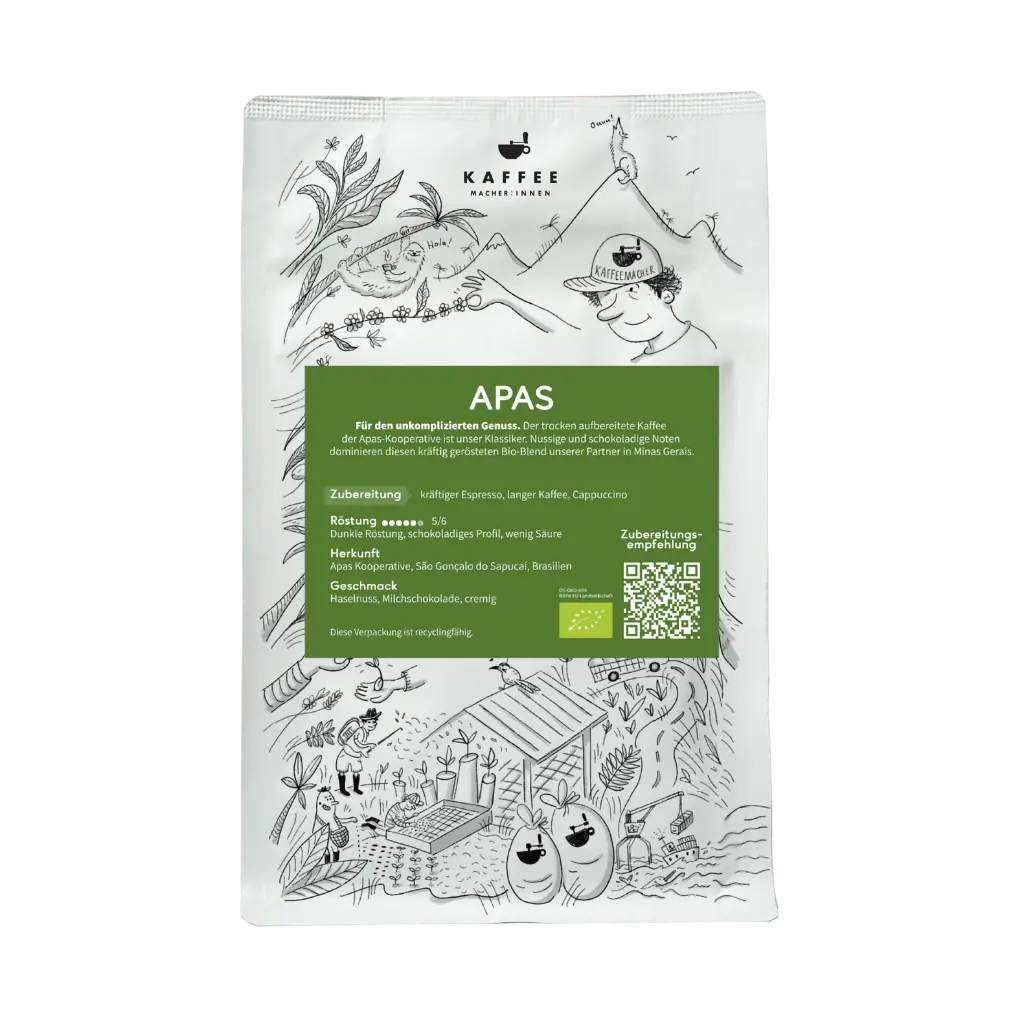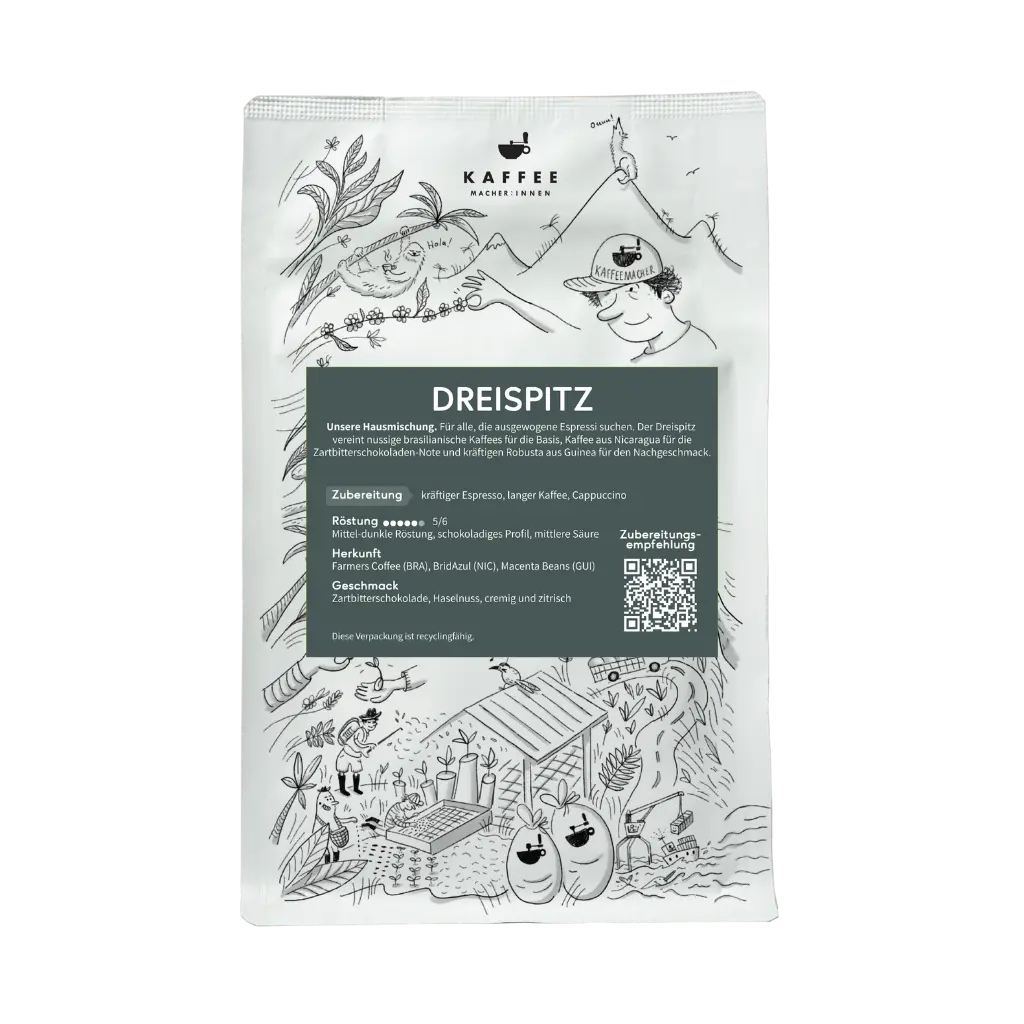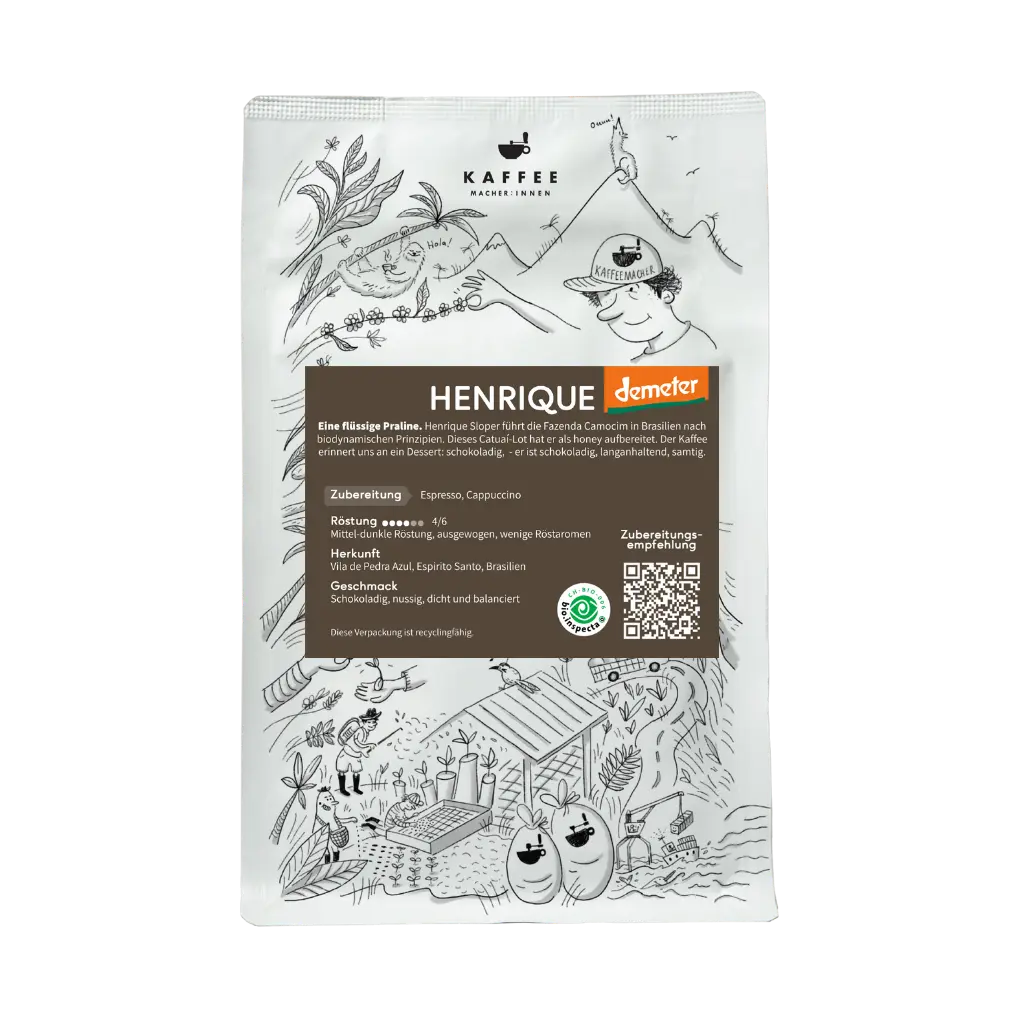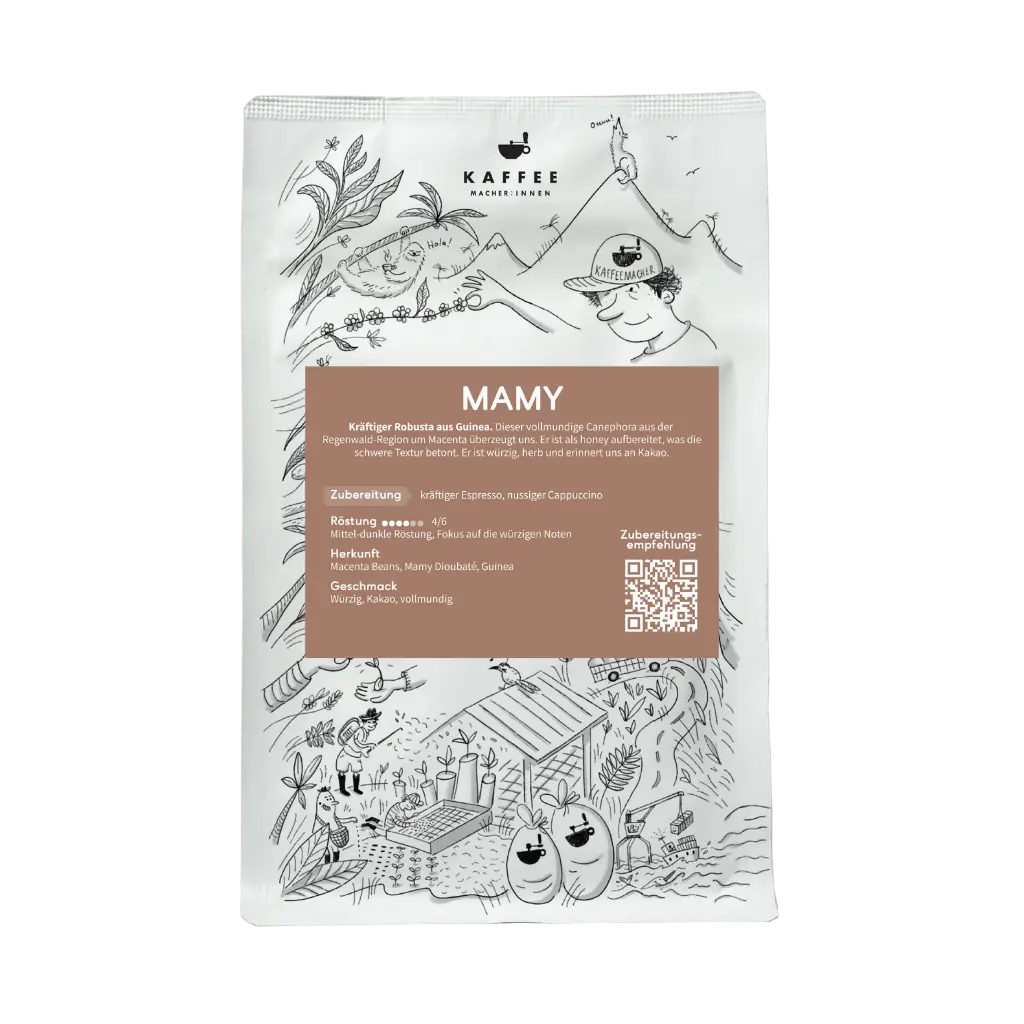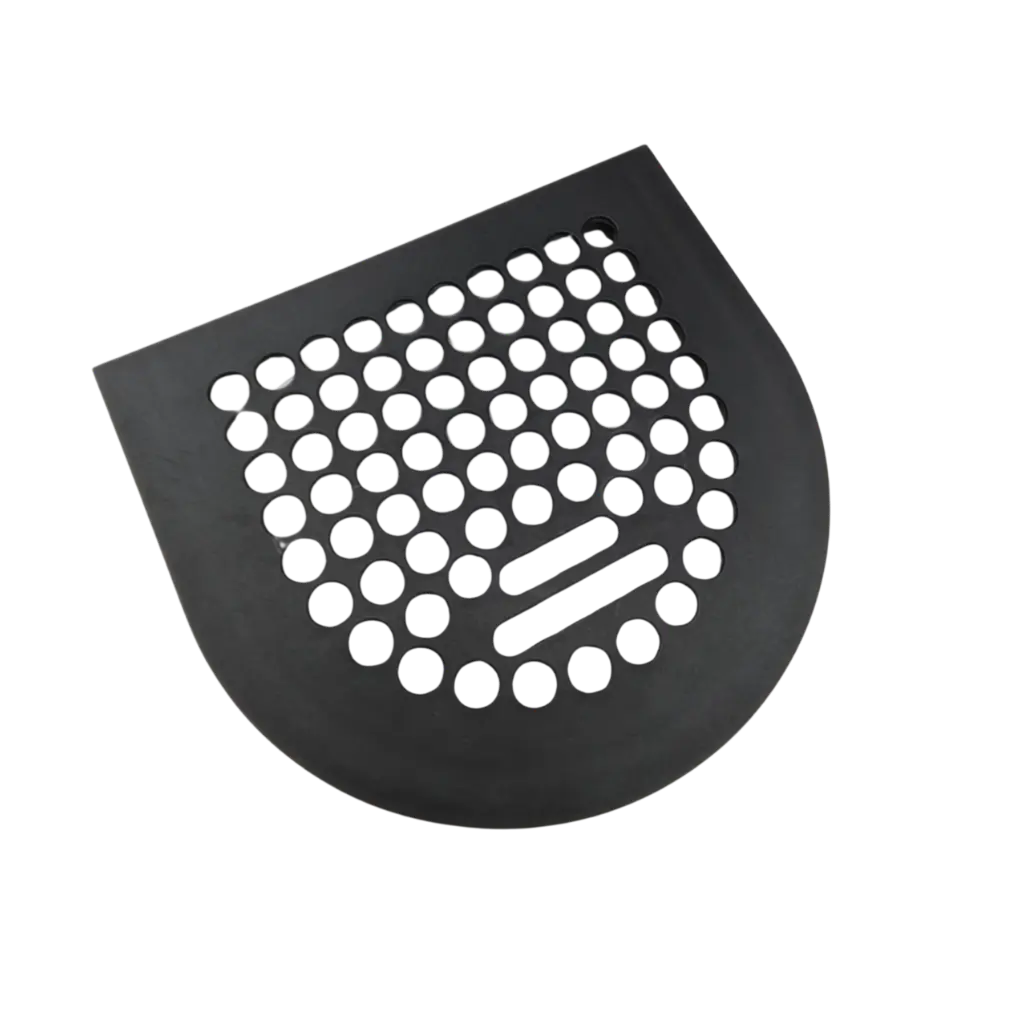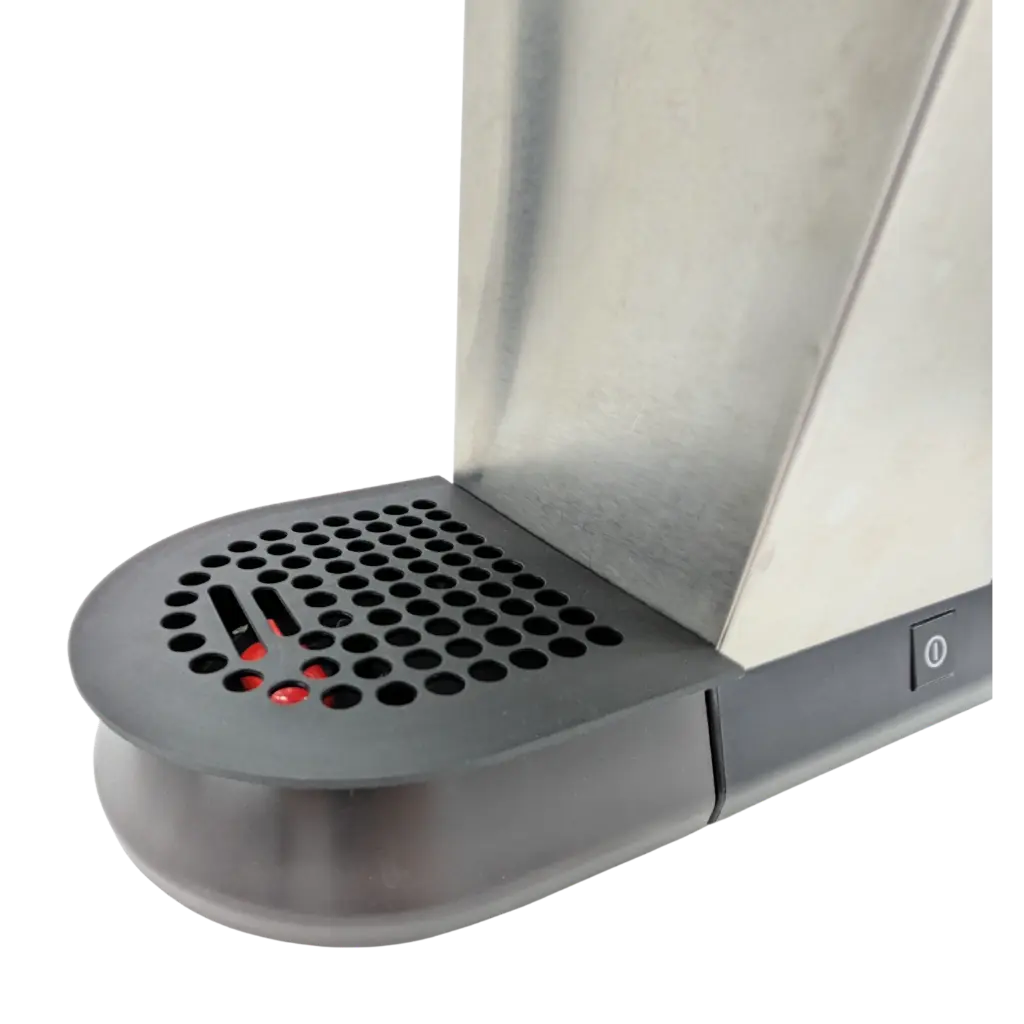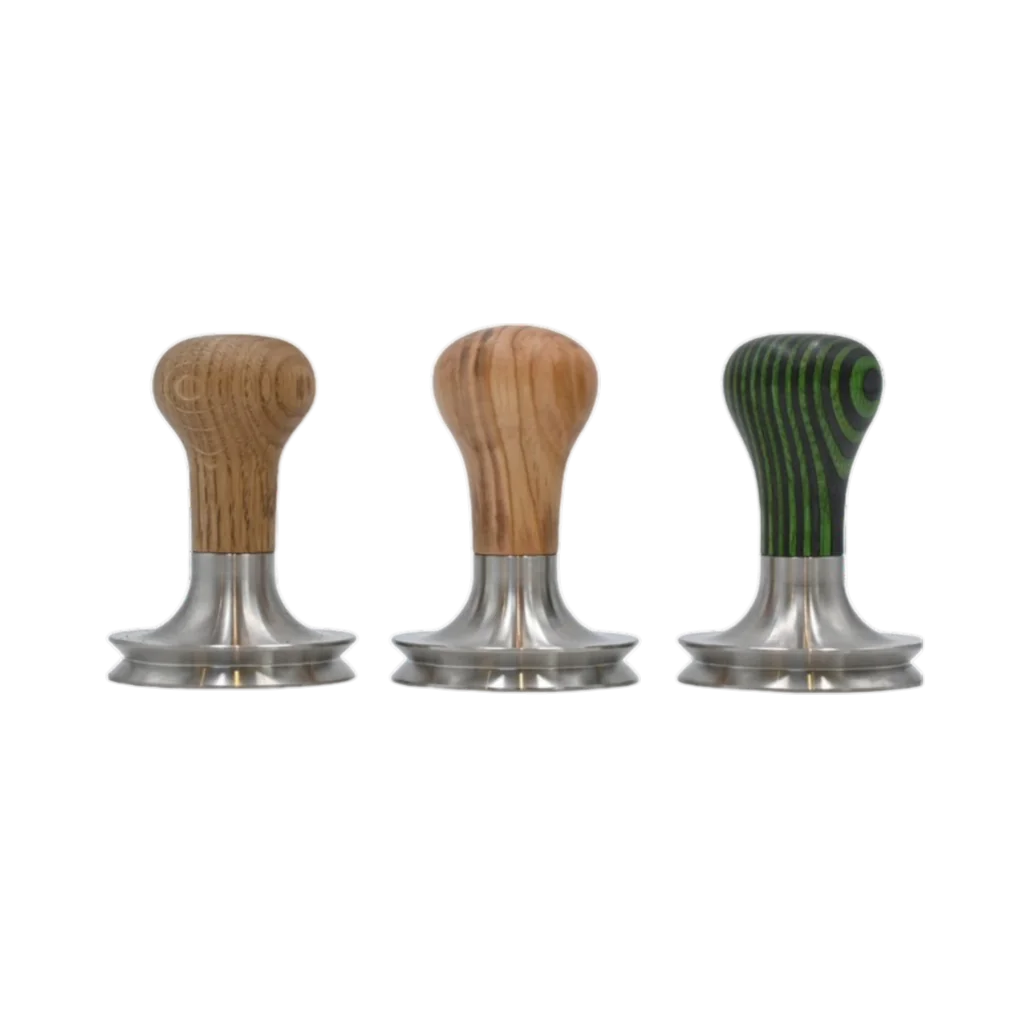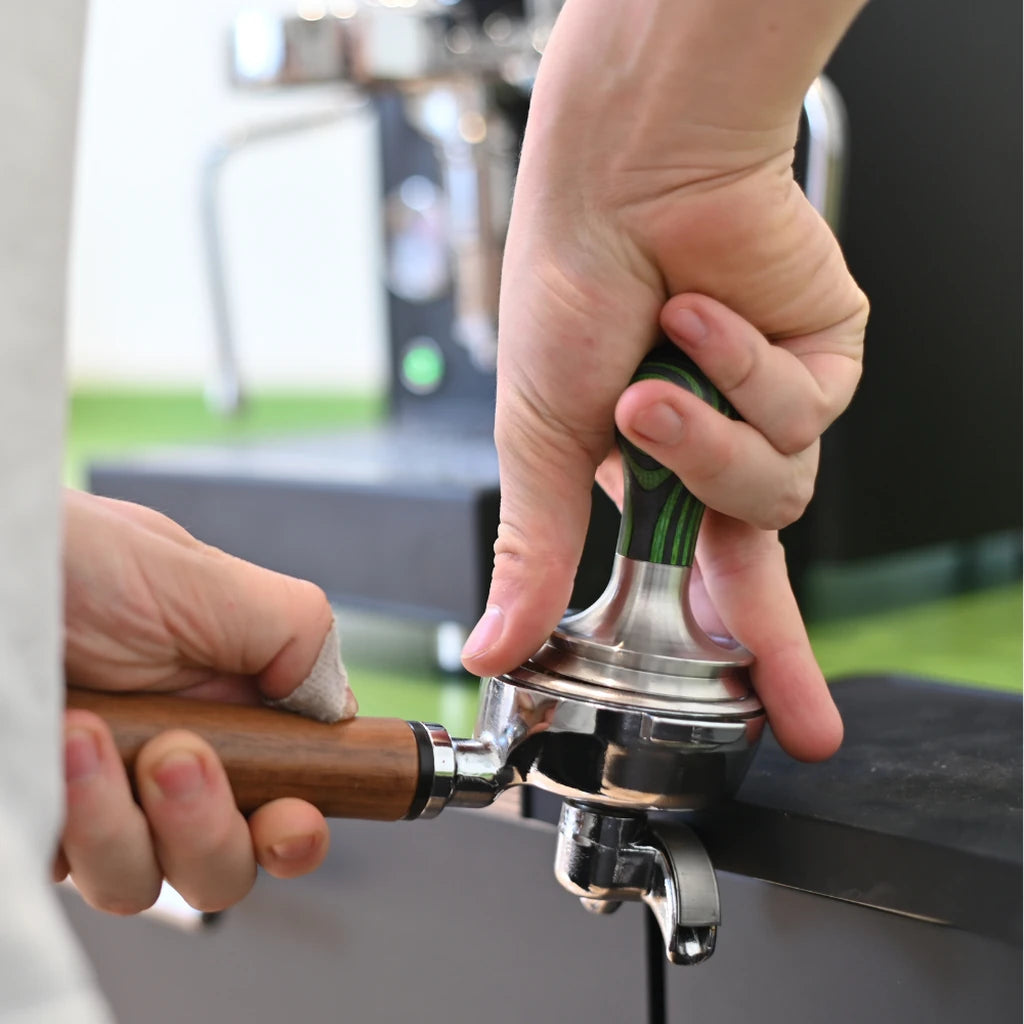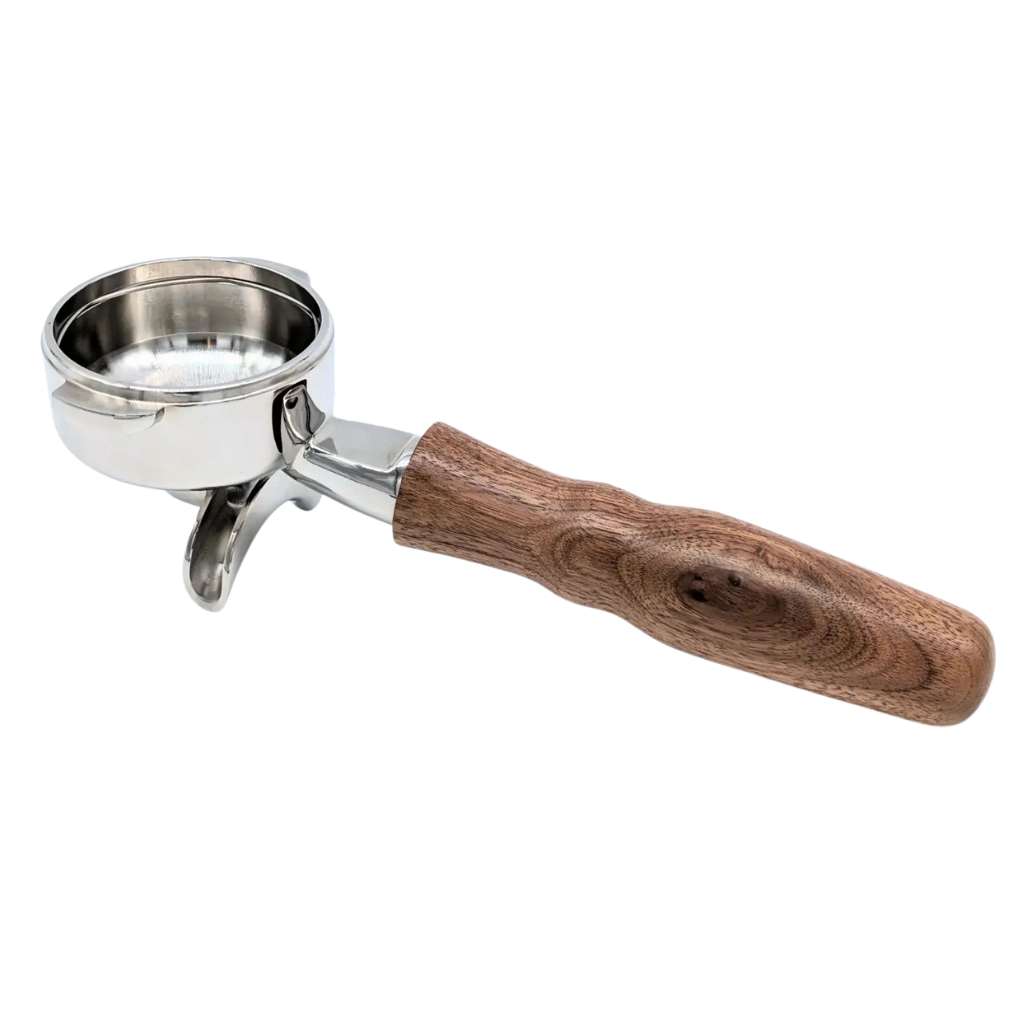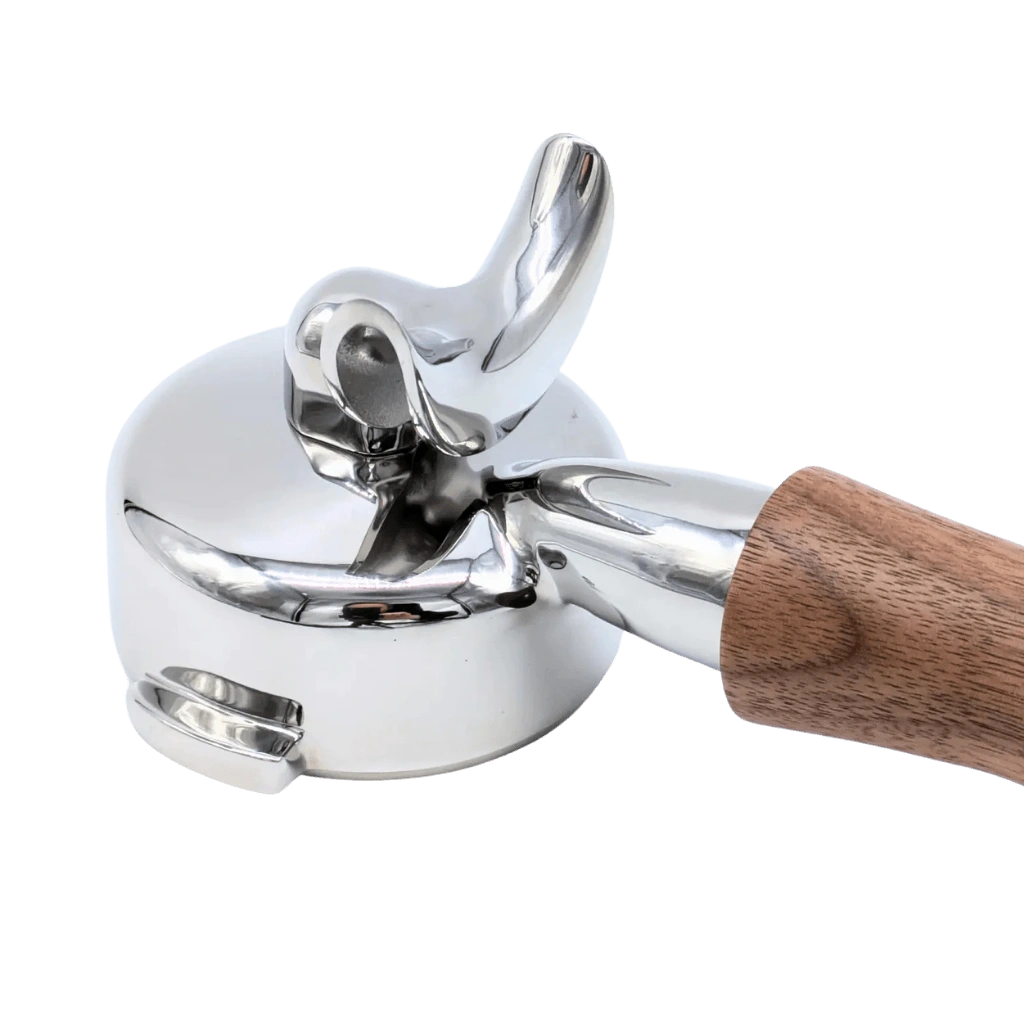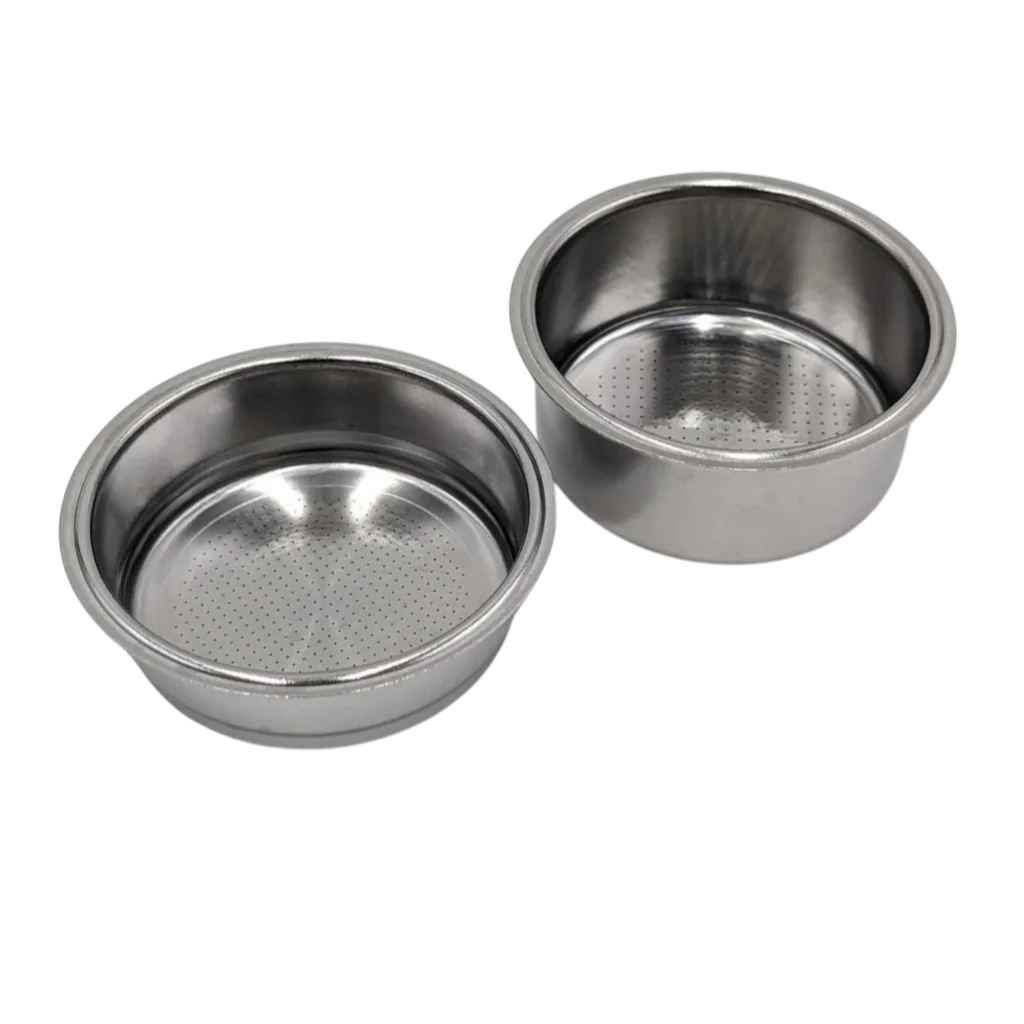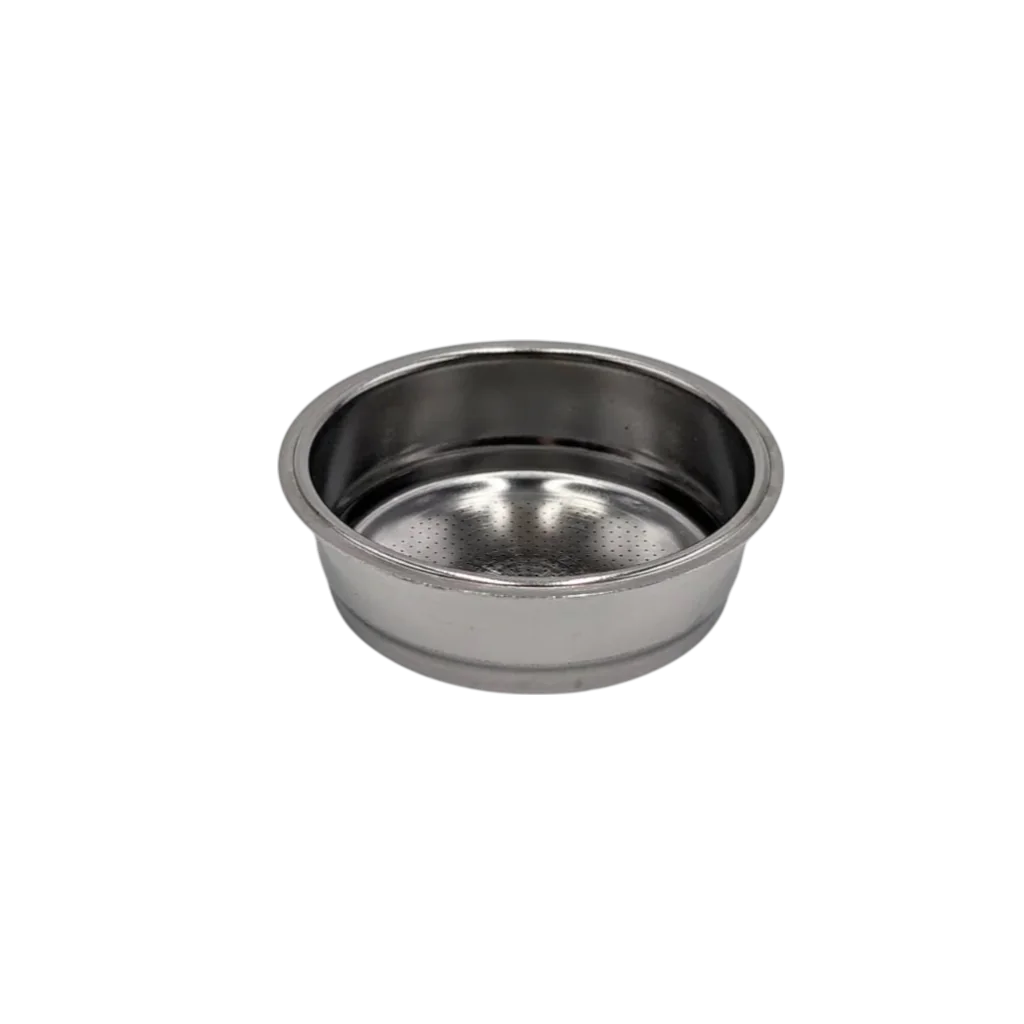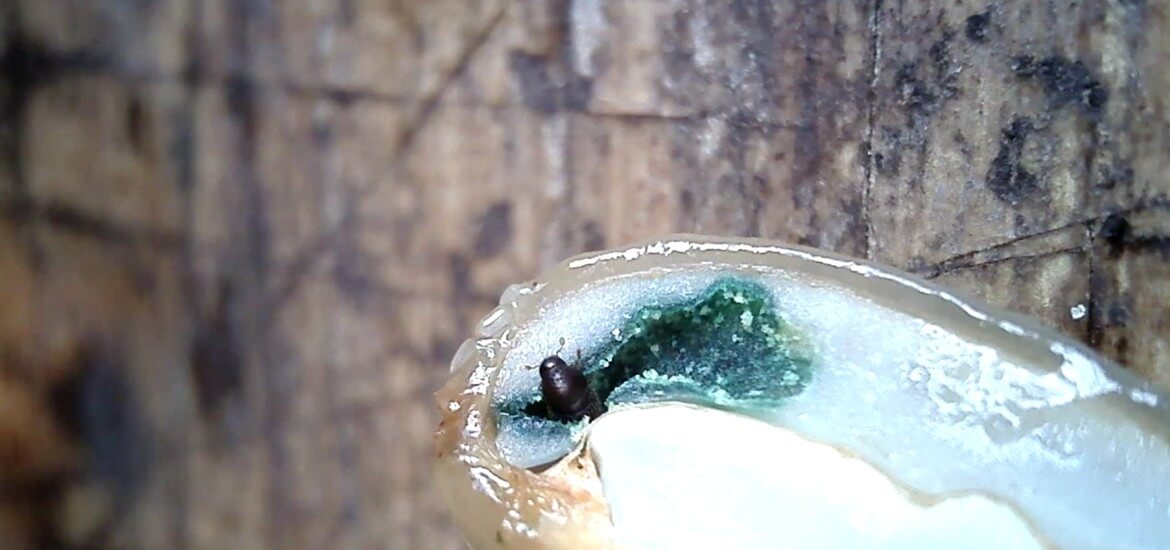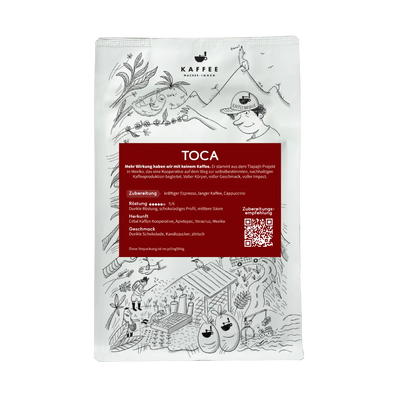The coffee beetle is the most serious insect pest in coffee cultivation. Known in Spanish as Broca , the beetle ( Hypothenemus hampei in Latin and the Coffee Berry Borer (CBB) in English) is responsible for annual damages of more than 500 million US dollars (Infante, 2018). What sounds abstract actually means the loss of large portions of the harvest, which repeatedly affects small-scale producers in particular. The coffee beetle burrows into a coffee pod, reproduces there, and destroys the coffee kernel from within.
In this article, we report on how the coffee borer reproduces, what measures can be taken, and what damage it causes.
Living in the coffee bean
There are those guests who never leave the café. They're the first ones in the morning, occupy a desk with their computer, and type away until the evening. They drink two large lattes throughout the day. The coffee borer is more extreme in two ways. It lives entirely within the coffee bean and, if it ever leaves, flies off to the next corner. To make matters worse, the busy little borer multiplies on the premises. It doesn't drink two coffees, but by the end, the coffee bean is completely devoured from the inside.
Among coffee borers, the females clearly hold the sway. They prefer to bore into the developing green coffee cherries starting 120 days after flowering. The entry point is usually the end opposite the stem. Using their ovipositor, the insect lays up to three eggs per day for 20 days. After a rest period, the process begins again. A female coffee borer can lay up to 120 eggs in this way.
The mother borer and her busy offspring consume the entire cherry pit. Once fully grown, the offspring continue to reproduce happily. While the males never leave the cherry, the young females soon make their way to the next orgy. The move takes place when the old one no longer provides any substance for feeding and reproduction. The coffee borer can travel distances of up to 500 meters by flight.
Distribution and activities
The coffee borer, originally from Central Africa, is now found in almost all coffee-growing countries worldwide. It was discovered in Indonesia in 1908 and later in Brazil. From there, it spread throughout South and Central America.
Studies show that the coffee borer spreads particularly well at lower elevations. The infestation of individual trees is more severe there, as is the overall density of the infestation. The same study also found that the prevalence is much higher in established coffee plantations than, for example, in wild gardens with less dense planting.
The spread of coffee borers is also more pronounced in shady plantations, as the insect prefers a certain level of humidity. On the other hand, the natural enemy and fungus Beauveria bassiana, which functions as a natural insecticide, also grows better in this climate.
Cherries left on the tree or those that fall to the ground are a breeding ground for the spread of the coffee beetle.
Checking the coffee drill
Many factors play a role in controlling the coffee borer. Planting density, climate, and farm management are particularly important. To effectively combat the coffee borer, the annual cycle must also be considered, particularly flowering, cherry development, and harvesting methods.
Various methods are suitable for control. Ethanol traps are useful for attracting and catching coffee borers. The alcohol in a cut-open plastic bottle tricks the coffee borers into believing that the coffee cherries are ripe. Instead of a feast, however, the coffee borers are treated to a drunken stupor with no happy ending. However, these traps are less suitable for effectively decimating the coffee borer infestation. They are more suitable for taking stock of the actual spread (which is extrapolated).
The most important tool for controlling coffee borer infestation is the regular harvesting of pre-ripe, overripe, and dried-out coffee cherries before the actual harvest begins. This selective work is labor-intensive and accordingly costly, but essential for ensuring the quality of the harvest.
The endoplasmic fungus Beauveria bassiana is a natural and organic agent for effective control of coffee bean borers. When applied to affected plants, the bean borers are parasitized and killed internally.
In addition to the fungus, the coffee beetle has several natural enemies, such as other parasitic insects. These include the African-originated Cephalonomia stephanoderis.
The stage at which the intervention is carried out is crucial for the final quality of the coffee. If the coffee borer is stopped before it reproduces in the cherry, the sensory impact is minimal. A visual blemish alone is not considered a serious defect in the physical evaluation of green coffee, and the coffee can still be considered specialty coffee .
Multiple stings and the loss of significant mass affect the roasting of the coffee and its aging. If multiple stings are present, the sensory quality of a coffee is also extremely compromised.

Hawaii launches wasp experiment against coffee borer
In an innovative approach to combating the coffee beetle (CBB), a harmful insect that threatens coffee plantations in the Hawaiian Islands, researchers are now turning to the wasp Phymastichus coffea. This tiny insect, barely visible to the naked eye, could be the solution Hawaii's coffee farmers have been waiting for.
Phymastichus coffea is a parasitoid—an organism that ultimately kills its host (in this case, the coffee beetle). The wasp uses the coffee beetle as a host for its larvae. This specific type of biological pest control has already proven successful in Central and South America, particularly in Colombia.
Since 2018, live specimens of the wasp have been permitted to be brought to Hawaii under strict quarantine conditions. Researchers have extensively tested the wasp to ensure it does not have a negative impact on native insect species. The tests have confirmed that P. coffea does not attack native insects and even shows potential parasitic activity against the tropical nut borer, another pest that threatens macadamia nuts.
The researchers now plan to release thousands of these wasps into coffee-growing areas throughout Hawaii. The wasps are expected to establish themselves in the wild and sustain their populations independently. In the coming months, they will be released on the Big Island and possibly also on Maui and O'ahu.
Similar approaches have already been tried in Colombia and other countries. A research project published in the Journal of Pest Science indicates that the wasp essentially parasitizes the desired coffee bean borers, rather than genetically dissimilar ones.
Conclusion on the coffee drill
Once again, the tragedy is that the coffee borer is a challenge that can be effectively combated with financial resources on the farm and the necessary knowledge. Unfortunately, the former, in particular, is often lacking, resulting in completely unnecessary loss of quality and entire harvests.
Controlling the coffee borer is one of the simplest measures to improve the quality of the coffee harvest across the board. Organic measures and targeted farm management are just as effective and much cheaper than synthetic methods.
Sources and further literature
More about the Coffee Berry Borer , MDPI
Pest Management Strategies Against the Coffee Berry Borer , Journal of Agricultural and Food Chemistry
Biological control of the coffee berry borer: Main natural enemies, control success, and landscape influence, Science Direct
Vega, FE, Infante, F. & Johnson, AJ The genus Hypothenemus , with emphasis on H . hampei , the coffee berry borer in Bark Beetles: Biology and Ecology of Native and Invasive Species (eds Vega, FE & Hofstetter, RW) 427–494 (Academic Press 2015). Google Scholar
Observing the devastating coffee berry borer ( Hypothenemus hampei ) inside the coffee berry using micro-computed tomography, Nature
Damon A. A review of the biology and control of the coffee berry borer, Hypothenemus hampei (Coleoptera: Scolytidae) Bull. Entomol. Res. 2000;90:453–465. doi: 10.1017/S0007485300000584.< PubMed > < CrossRef > < Google Scholar >



